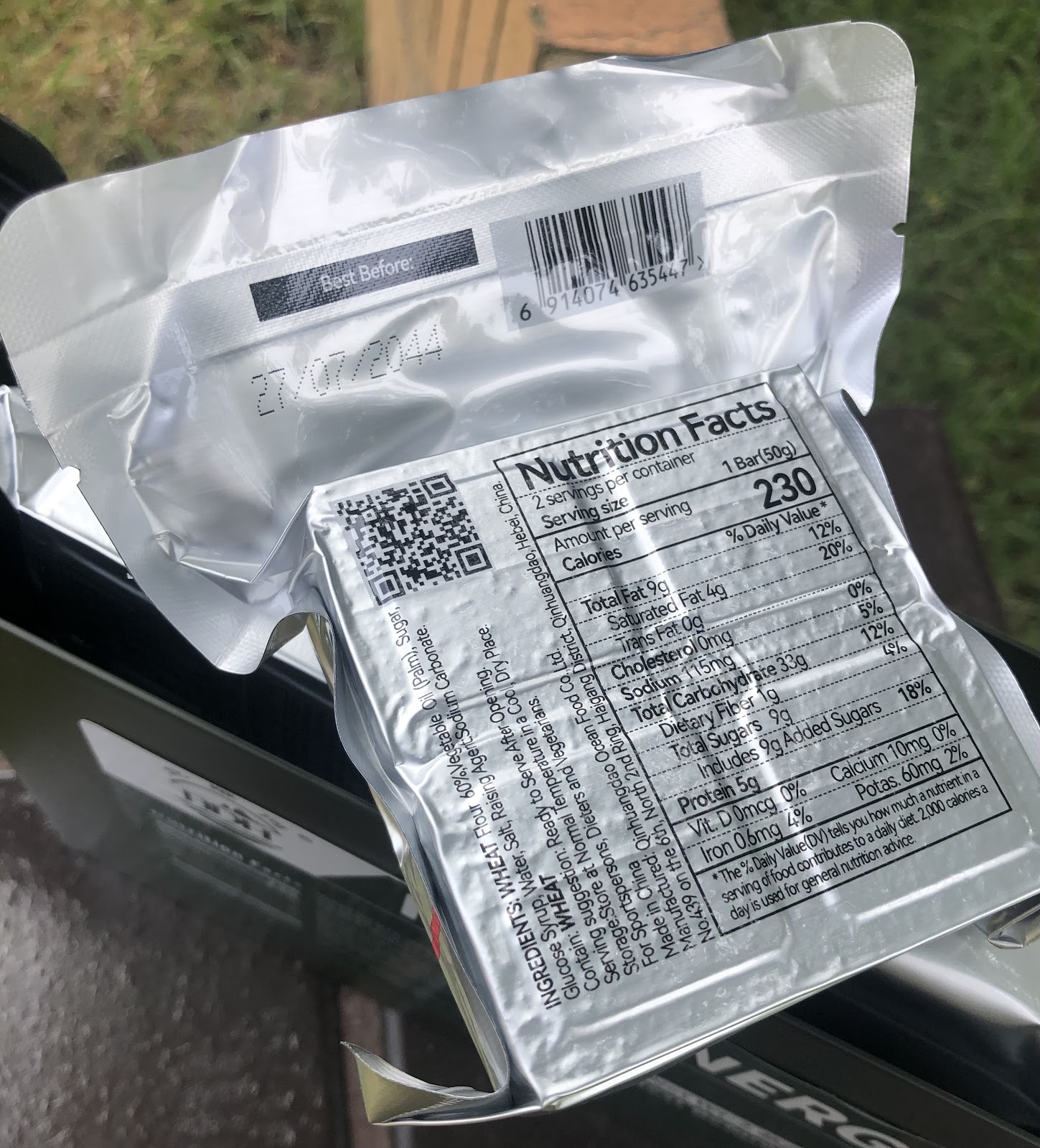 |
This IBC type often features an interior water carrying liner, blow-mold manufactured from polyethylene, that is structurally supported by a protective cage frame, often of galvanized steel composition.
Caged IBC engineering features a top port inlet with cap for filling of cargo (commonly 15.3cm (6") with a bottom discharge outlet port--common is 5 cm (2") ball valves--and an integrated pallet base skid for maneuvering the IBC. The pallet base of composite IBCs usually features four-way access channels.
1,200mm x 1,000mm x 1,150mm (45" x 40" x 46") for the 1,000 L capacity and they weigh around 65 kilos (143 lbs)
I also set up drain pipe diversion, with the garage gutter downpipe diverted into a storm drain rated PVC pipe and a couple of elbow bends slung under the gutter running down to the top port. This took some careful rigging to get right, both to align and ensure a good drain, with a collar to secure it. I stretched a small amount of fly-screen mesh over the top port in order to keep both bugs out but also crud from the gutters. I routinely clear this crud catcher out to reduce contamination to my water reservoir.

 I found that 4-5 days of good rain filled up our first 1000L IBC which is why we got a second. In order to connect the two tanks, I fitted them both with gasketed threaded flanges through holes I cut with a spade bit drill, fitting a standard garden hose tap fitting and a short length of hose means overflow from the first tank fills the second, this also avoided any sediment from the first IBC washing into the second, further reducing contamination.
I found that 4-5 days of good rain filled up our first 1000L IBC which is why we got a second. In order to connect the two tanks, I fitted them both with gasketed threaded flanges through holes I cut with a spade bit drill, fitting a standard garden hose tap fitting and a short length of hose means overflow from the first tank fills the second, this also avoided any sediment from the first IBC washing into the second, further reducing contamination.
I draped an old towel over the intake port and down pipe to limit intrusion and evaporative loss.
In order to make best use of the captured water I found a standard garden hose connector cap for the discharge outlet, to direct the water in more meaningful ways than the 5cm firehose otherwise released. With this fitting, and a good length of hose will make it dispensable throughout the garden to water our crops, but also possibly feed into the house if needed.
Initially I put the first IBC up on Milk crates, one under each corner to get it up off the ground to generate some head-pressure. This was a mistake. 1000L of water weighs 1000kg (1.1 ton) and when it filled up it crushed the front two crates. This resulted in me needing to empty the IBC and put it up on logs I had been seasoning.
One final thing. Ensure your IBC is clean and free from residue, or other contaminants before using for drinking water. Water collected of roofs will likely have bird poop so appropriate decontamination and sterilization is in order too.

























